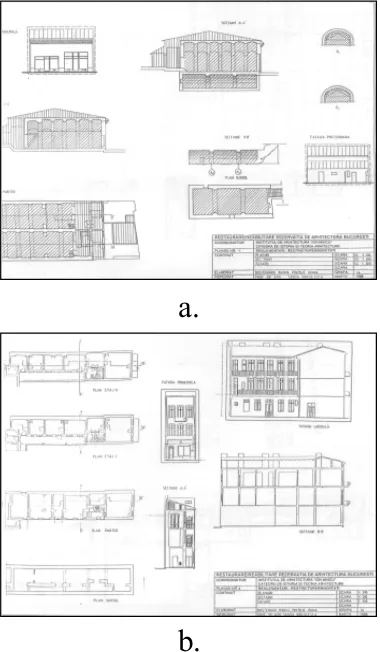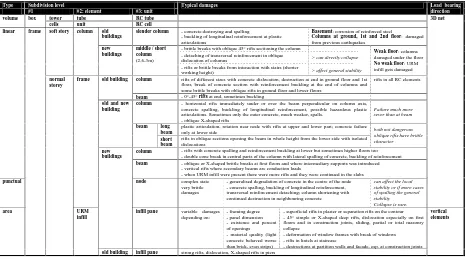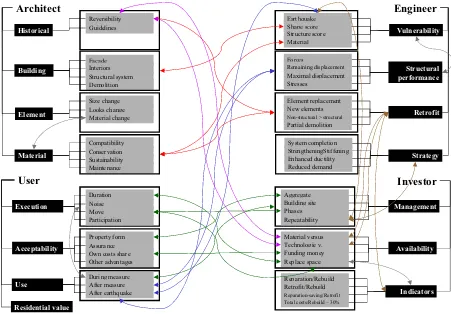Multi-criteria decision model for retrofitting existing buildings
Full text
Figure
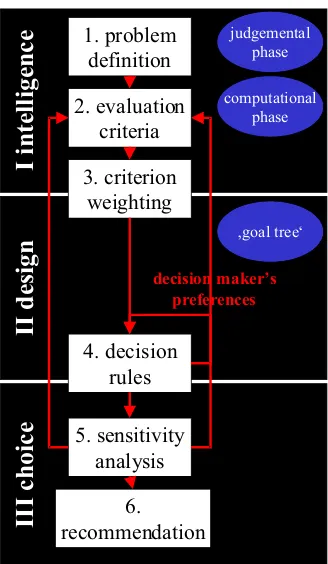
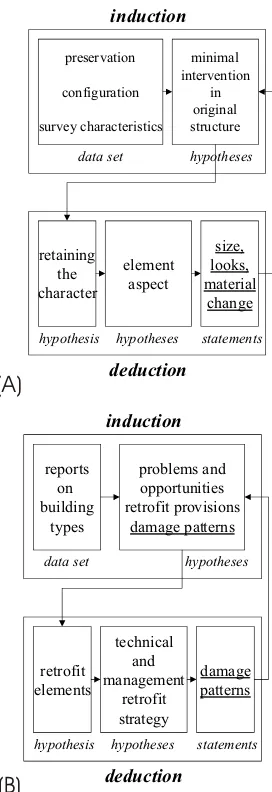

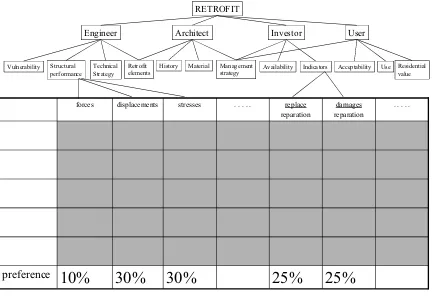
Related documents
A framework for interactive visualization of Remote Sensing data must be able to handle large amounts of input data, process and combine this data fast enough to allow
This paper expounds a system, which includes generation of unique patterns called signatures of various PQ disturbances using continuous wavelet transform (CWT)
professionals to better understand allied health referrals, researchers of our study endeavored to assess student knowledge of the roles and responsibilities specific to each
CURE Digestive Diseases Research Center; David Geffen School of Medicine at UCLA; Digestive Disease Divisions at UCLA Medical Center and VA GLA Healthcare Center;. Los
Exogenous variables are bank services either ratio of demand deposits to commercial banks accounts, or bank branches per person; real per capita income, growth of real per
Table 6.9 Two years prior to failure neural network model’s classification of firms in the estimation sample. The estimation sample comprises 506,280 active firms and 37,686
Step IV Training of neural network: After the calculation of sentiment score, unsupervised methods that is DBSCAN and fuzzy C-means is used for training the artificial neural
Ablation/ accumulation rates measured at a network of stakes in Horseshoe Valley show average accumulation of 70 kg m –2 a –1 in the central part of the valley, and a maximum
